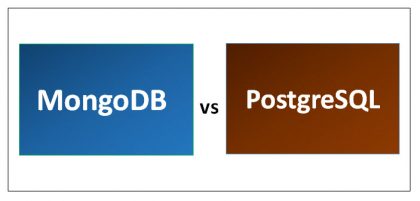


The main difference between a relational database such as PostgreSQL and a document-oriented database such as MongoDB is that you don’t need to know the structure of data in the latter option. The data can have disparate information without the need to place it in rule-based table columns like a relational database. MongoDB will store a collection of data in the form of a document and provide developers with an identification value to retrieve the data later. Suppose that you need to scrape the web for specific data, but that data doesn’t fit into a structured format. Instead of viewing data in tables, you view data as a JSON object. In contrast, MongoDB is a document engine used to store unstructured data. For example, PostgreSQL supports table inheritance and function overloading that many traditional relational databases don’t support. It’s open source and usually chosen alongside other relational databases such as MySQL, but it works with object-based data rather than traditional table linking. Its primary purpose is to store relational data for web, mobile, geospatial, and analytics applications.

PostgreSQL is a relational database management system. When you build a SQL database, you have primary and foreign keys set up to link records across tables. Note that you could run both database applications internally and use them for different business requirements, but using the wrong database for particular applications can make them much more cumbersome and slow down system resources. We’ll go over some basic differences to help you decide which database application is right for you. When choosing a database, you should decide based on the type of data you have and the way it must be retrieved. Although you might see the two database applications compared, their engines and design are very different. If you’re searching for a database, you’ll probably come across several vendors, two of which are MongoDB and PostgreSQL.


 0 kommentar(er)
0 kommentar(er)
